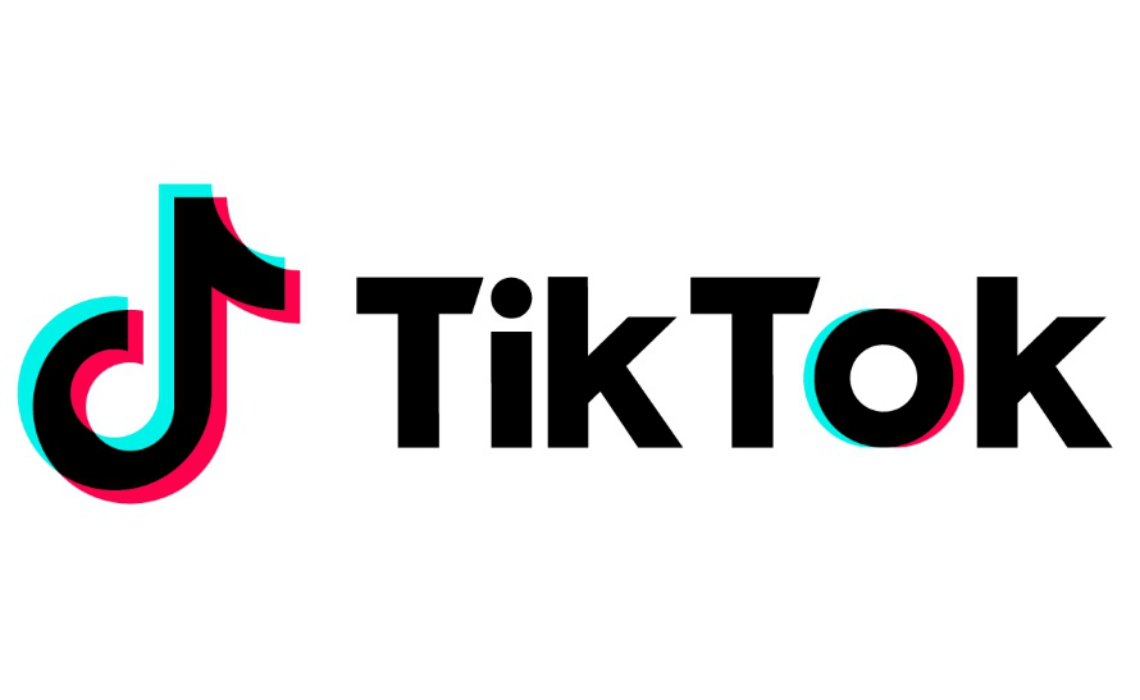With over a billion downloads and counting, TikTok is one of the fastest-growing social platforms ever. If you’re over the age of 21, there’s a pretty good chance you’ve never even heard of it.
Join us as we discuss what TikTok is, who is using it, and how marketers are tapping into the app’s user base to promote their brands. It’s the vast new social platform used by Coca-Cola, Calvin Klein and Jimmy Fallon – but is TikTok viable as a marketing channel?
What is TikTok?
TikTok is a social platform based around user-generated, short-form videos.
The videos are uploaded via users’ phones, can be up to 15 seconds long, and are shown in vertical orientation. They are paired with music clips which can either be uploaded by the user or taken from TikTok’s library, which has millions of options to choose from.
TikTok was called Musical.ly until September 2017, when its name was changed to “better reflect the breadth of content created on our platform that extends beyond music to comedy, performance art and more,” as a TikTok rep put it. (source: Slate).
The best way to understand TikTok is to use it yourself. It’s available as a free download for smartphones running Android and iOS:
The user experience of TikTok is similar to other leading social platforms with video creation features, such as Instagram, Snapchat and the now-defunct Vine.
When you first open the app, you’ll see a full-screen video posted by another TikTok user. There’ll also be buttons to like, share or comment on the content, plus links to the music featured in the clip and to the user’s profile. You can view another video by swiping down.
As you interact with posts and follow users, TikTok uses AI to personalise the content delivered to your feed. This should theoretically make what you see on TikTok more relevant to you, but we recommend holding off on the like and follow buttons while you familiarise yourself with the app. Your first experiences with TikTok will give you your most accurate insight into its overall mix of demographics and content, which will be important to your ability to market via the platform.

TikTok’s users: who and where are they?
The Telegraph reports that TikTok has half a billion active users, with 40% of that number in China, and 3.7mn in the UK. It was the world’s most downloaded iOS app in Q1 2018, and notched up a total of 663mn downloads over the year – comfortably more than Instagram attracted in the same period (444mn).
Simply using TikTok will give you a feel for who is posting content on the app. If your experience is anything like ours, you’ll encounter lots of teenagers and young adults who post content such as lip syncs, prank videos, comedy skits and vlogs.
Do not confuse this as a measure of TikTok’s overall usership. Users who regularly post content on the app are far outnumbered by those who simply consume content. Just 49.10% of posts on the platform are made by regular users, while the rest is posted by brands, celebrities and internet celebrities.
This Mediakix.com article shares some interesting stats on TikTok’s users. Here are some highlights:
- TikTok is more popular on Android than iOS, with Android users accounting for 80% of sessions
- 66% of users are under 30
- Users typically spend about 52 minutes per day on the app
- 29% of monthly users open TikTok every day
TikTok has met with political opposition in some parts of the world. In April 2019, the Indian Ministry of Electronics and Information Technology (Meity) banned citizens from downloading the app. The government of Indonesia did the same in July 2018.
How to create content on TikTok
Soon we’re going to look at how businesses are using TikTok for marketing – but first, we need to cover how content is posted by ordinary users. This is how many marketers will post content on TikTok in the first instance, as the app’s advertising options are currently limited.
TikTok users have two ways to post content via their account:
- Create a video in-app; or
- Upload a video or photo from their smartphone library.
These approaches both have their advantages from a marketer’s perspective.
Creating videos in-app lets you add effects that are familiar to TikTok users, such as slow-motion and filters. This communicates authenticity to app users.
Meanwhile, uploading photos or videos makes it possible to edit the media before upload.
If you have experience of making videos with the likes of SnapChat, Instagram and Facebook, the functionality of posting videos on TikTok will feel familiar. Even if not, the user experience is literally designed to be child’s play, so jump right in and have fun applying filters and other effects.
Source : TI
Comments
Post a Comment